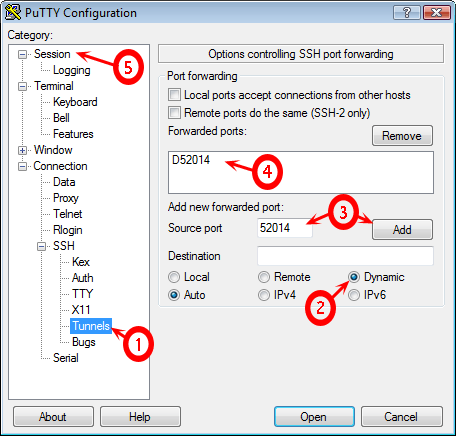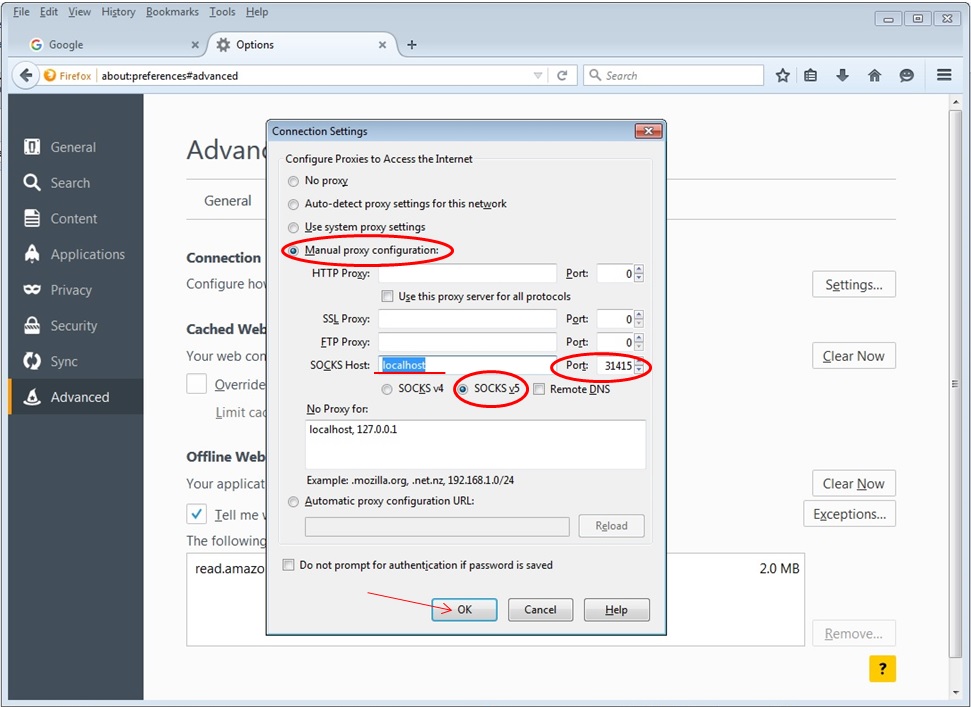

However, this can be restricted to programs on the same host by supplying a bind address: ssh -L 127.0.0.1:80::80 gw. This example opens a connection to the gw. jump server, and forwards any connection to port 80 on the local machine to port 80 on .īy default, anyone (even on different machines) can connect to the specified port on the SSH client machine. In OpenSSH, local port forwarding is configured using the -L option: ssh -L 80::80 gw.

Frequently, the port is tunneled to an SSH port on an internal machine. For example, they may forward a port on their local machine to the corporate intranet web server, to an internal mail server's IMAP port, to a local file server's 445 and 139 ports, to a printer, to a version control repository, or to almost any other system on the internal network. Such port forwarding is convenient, because it allows tech-savvy users to use internal resources quite transparently. Many jump servers allow incoming port forwarding, once the connection has been authenticated. The server may be a standard Linux/Unix box, usually with some extra hardening, intrusion detection, and/or logging, or it may be a commercial jump server solution. Quite a few organizations for all incoming SSH access through a single jump server. Tunneling sessions and file transfers through jump serversĬonnecting to a service on an internal network from the outsideĬonnecting to a remote file share over the Internet Typical uses for local port forwarding include: The server connects to a configurated destination port, possibly on a different machine than the SSH server. Basically, the SSH client listens for connections on a configured port, and when it receives a connection, it tunnels the connection to an SSH server. Local forwarding is used to forward a port from the client machine to the server machine. See the SSH tunneling page for a broader overview. It can also be abused by hackers and malware to open access from the Internet to the internal network. It can be used for adding encryption to legacy applications, going through firewalls, and some system administrators and IT professionals use it for opening backdoors into the internal network from their home machines. SSH port forwarding is a mechanism in SSH for tunneling application ports from the client machine to the server machine, or vice versa. Contents What Is SSH Port Forwarding, aka SSH Tunneling? Local Forwarding Remote Forwarding Opening Backdoors into the Enterprise Server-Side Configuration How to Prevent SSH Port Forwarding from Circumventing Firewalls SSH's solution Further Information What Is SSH Port Forwarding, aka SSH Tunneling?


 0 kommentar(er)
0 kommentar(er)
